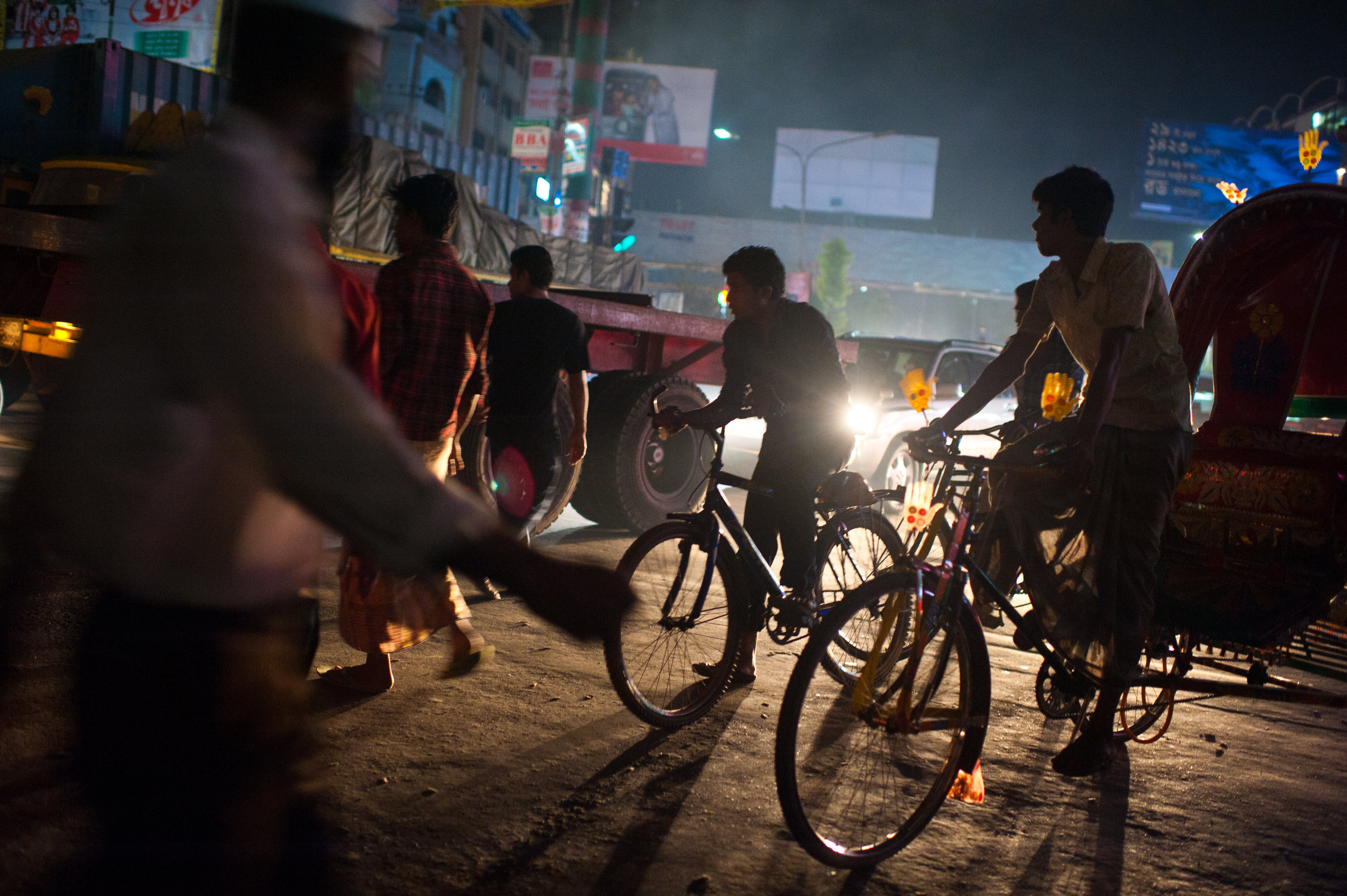Bangladesh - a country home to more than 165 million people has
500 ventilators and a doctor to patient ratio of
5.26 : 10,000 for fighting the Covid-19 crisis. Which means, in theory there are 5.26 doctors deployed to serve every 10,000 people and 0.000003 ventilators available to serve each person. At present, there are
71,000 testing kits available - which means only 0.04% of the population can actually even get tested for Covid-19.
Under the given circumstances, can Bangladesh really afford to take the focus off prevention campaigns?
Since the first case got identified in the country on 8th of March - the state and non-state actors have given a massive drive for online, telephone and door-to-door prevention campaigns. For example, alongside the government, NGOs like
BRAC have deployed more than 100,000 trained frontline workers to go door-to-door in rural villages and urban slums to teach families about the preventive measures, symptoms and management of covid-19, reaching more than 5 million people within just a couple of weeks. One may ask, why take a door-to-door approach while a highly contagious virus roams around us. To answer that, the harsh reality is, given the unequal education, awareness, facility and access to information levels across the different parts of the country there is no one-shoe-fit all model that can ensure remotely teaching people the best and appropriate practices to fight the corona crisis.
To curb the spread of the virus Bangladesh government imposed a nationwide soft lockdown from 26th March to April 13th - closing offices (with exception of few essential services). While this lockdown was meant to keep people within their households to control the spread of the virus - what went unaccounted in this move is the huge chunk of population in cities who have moved to the cities to earn a living for their families living in the villages. This group of internal migrants range from industrial workers to informal workers to formal sector white collar job holders. While the higher income group among these internal migrants could afford to stay back in the cities but the lockdown also meant loss of work and earnings for the industrial and informal labour force. As a result,
an estimated 10 million people left Dhaka and went into all different directions within the country as soon as the lockdown date was announced - they could no longer afford to live in the city. Thus, putting the country at a risk of accelerated community transmission. Then again, there is another group of people who could not even afford to go back to their villages and stayed back within the slums in the cities left with no earning source until the lockdown ends.

On 5th April however, the country witnessed another unfortunate event as readymade garment (RMG) workers who left,
came back to Dhaka in big numbers (some walking for miles from a different district) because their factories decided to resume operations. Later, they again went back to their villages because the factories were ordered to remain shut by the government until the lockdown is over.
While this public health crisis is very much taking the shape of a humanitarian crisis in countries like Bangladesh and the lockdown is resulting into continued starvation for the poor; many sectors are advocating to lift the lockdown momentarily due to the unbearable financial implications. However, the harsh reality is if this lockdown is lifted the country will be at a risk of having to fight a covid-19 outbreak with a doctor to patient ratio of 5.25 per 10,000 people, 0.000003 ventilators for each person and a capacity to test only 0.04% of its population.
Moreover, there are 1,169 ICU beds in Bangladesh and 816 of them are within the Dhaka division: Leaving only 353 ICU beds for the rest of the country.
Remember, while growing up we often heard ‘prevention is better than cure’? For lower and lower middle-income countries like Bangladesh, prevention is not the ‘better’ option. It is the ‘only’ option. Countries like Bangladesh must find a way to join forces with NGOs, CSOs and Businesses to act together and balance the financial implications while heavily focusing on nationwide prevention campaigns (maintaining social distancing). Developing and underdeveloped nations are facing a complex multi-dimensional threat from the covid-19 pandemic. While many developed nations are already in a battle with the outbreak, the fact is lower income countries simply cannot afford to go into that battle and hence cannot lose the focus on preventive interventions.
